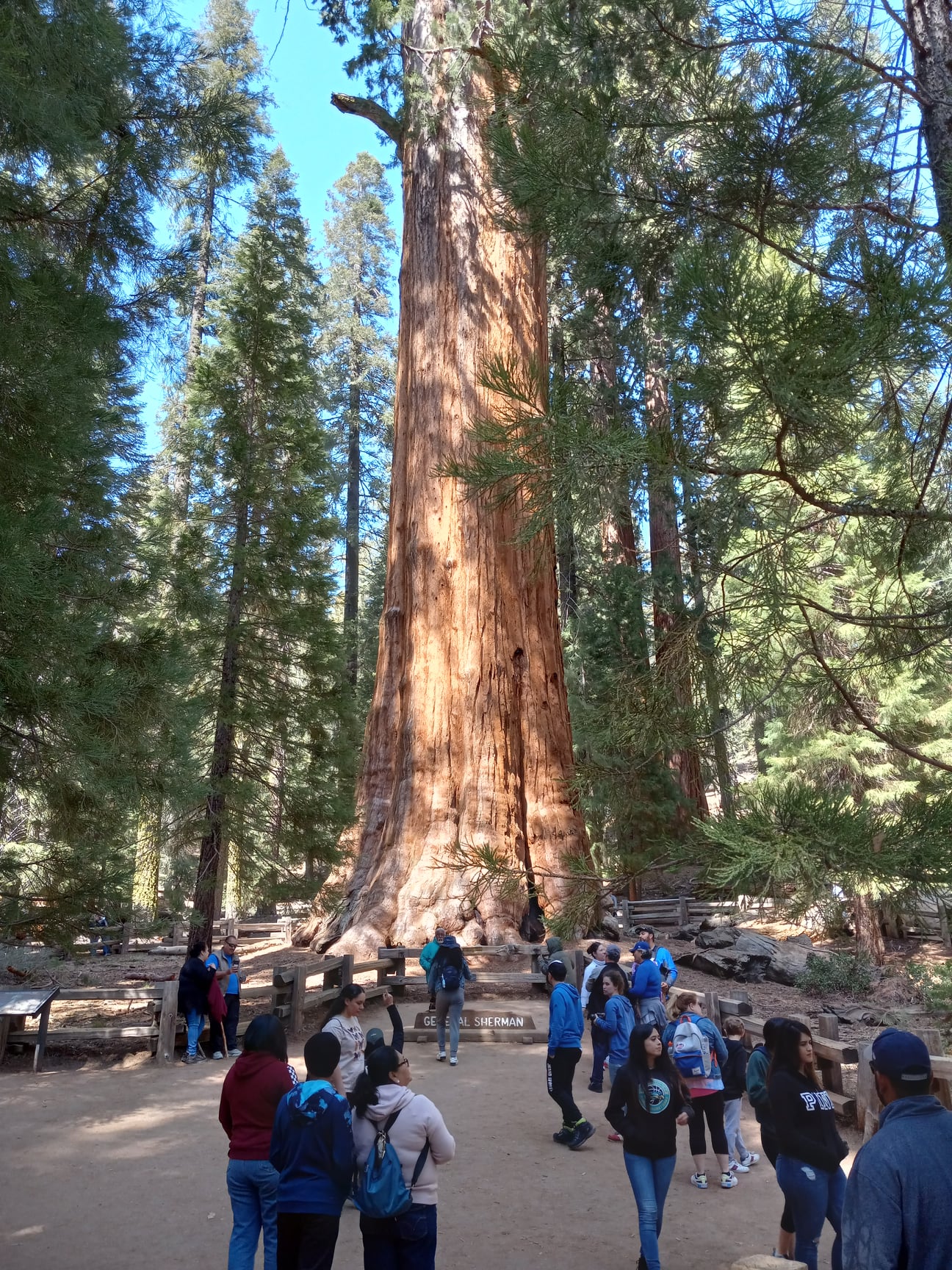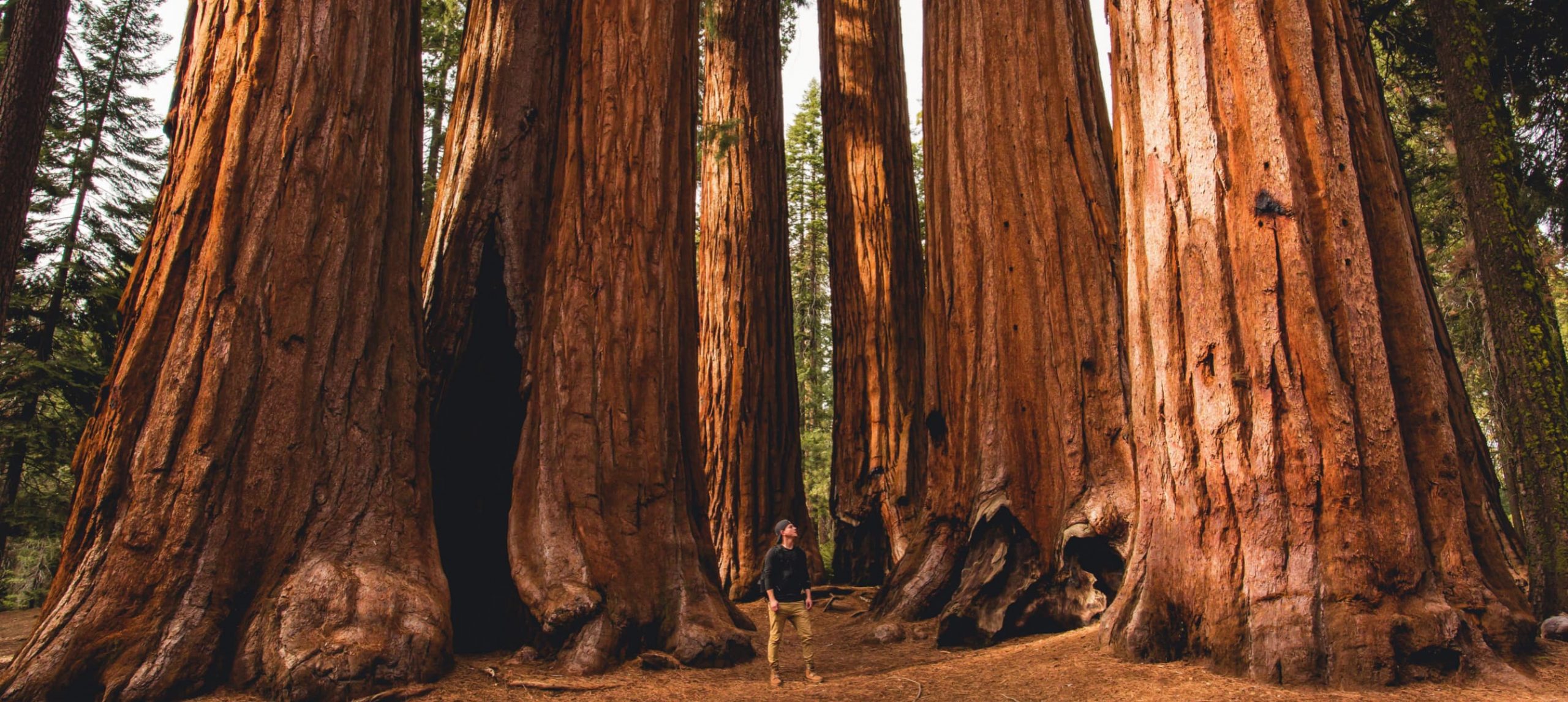Sequoia National Park Map-- Browsing the Giant Trees and Trails
Sequoia National Park Map-- Browsing the Giant Trees and Trails
Blog Article
Check Out the Diverse Wildlife Habitats Within Sequoia National Park
Sequoia National Forest is an environmental prize, showcasing an impressive selection of wildlife environments that add to its rich biodiversity. From the majestic large sequoia woodlands to the varied towering meadows, each atmosphere plays a crucial role in supporting numerous varieties, consisting of both usual and uncommon animals. The interaction of these environments not just fosters a distinct community but also highlights the value of conservation initiatives in keeping this equilibrium. As we analyze the particular features of these environments, interesting questions develop concerning the interconnectedness of life within this impressive landscape.
Review of Sequoia National Park
Sequoia National forest, nestled in the southerly Sierra Nevada chain of mountains of The golden state, is renowned for its breathtaking landscapes and towering gigantic sequoias. Established in 1890, it is just one of the oldest national forests in the United States, dedicated to protecting the all-natural appeal and eco-friendly honesty of this unique region. The park includes over 404,000 acres of varied terrain, including marvelous hills, deep canyons, and lush fields.

Visitors can check out various treking trails, varying from leisurely walks to challenging backcountry courses, each offering an one-of-a-kind viewpoint of the park's magnificence. With its mix of natural wonders and recreational opportunities, Sequoia National Park acts as a crucial sanctuary for both wildlife and those looking for to attach with nature.

Significant Wildlife Environments
The diverse landscapes of Sequoia National Park produce a mosaic of wild animals habitats that support a rich variety of types. These habitats vary from lush meadows and thick woodlands to rough towering areas and expansive river valleys, each offering unique environmental niches.
One popular habitat is the huge sequoia woodland, identified by towering trees and a rich understory, which supports different creatures, birds, and pests. The blended conifer woodlands, made up of species such as sugar want and white fir, offer extra sanctuary and food sources for wild animals.
Meadows and grasslands play a vital role in the park's ecosystems, offering as important foraging grounds for herbivores like deer and small animals. These open locations additionally attract diverse bird types, specifically during migration seasons.
The park's greater elevations feature alpine habitats, where problems are extreme and species are adjusted to survive in such extremes (Sequoia National Park hour). Here, one can locate one-of-a-kind vegetation and fauna that prosper in rocky, chilly settings
Vegetation and Animal Diversity
Within the varied communities of Sequoia National forest, a remarkable array of vegetation and animals coexists, showcasing the detailed partnerships that sustain the park's biodiversity. The park is home to over 1,300 plant types, consisting of the legendary huge sequoias, which are among the largest and earliest trees on Planet. These magnificent trees offer essential habitat and food resources for various wild animals, cultivating a complicated internet of ecological communications.
Animal types in Sequoia National Park are just as varied, with habitats ranging from lowland foothills to high alpine environments. Animals such as black bears, mule deer, and bobcats grow in this rich environment, while avian types, including the impressive gold eagle and the evasive seen owl, poise the skies. Amphibians and reptiles, like the Sierra newt and the western rattlesnake, likewise play important duties in preserving eco-friendly balance.
The park's distinct combination of elevation slopes and microclimates sustains these varied species, highlighting the value of maintaining the all-natural habitats that allow such a rich tapestry of life to thrive. Comprehending this diversity is important for valuing the ecological significance of Sequoia National forest.
Preservation Efforts in the Park
Conservation initiatives in Sequoia National Park play a crucial role in protecting its one-of-a-kind ecological communities and the diverse species that occupy them. The park uses a multifaceted method, including habitat repair, varieties monitoring, and intrusive species monitoring. These campaigns are important for preserving the delicate equilibrium of the park's communities, that include huge sequoias, fields, and alpine environments.
Active repair tasks focus on reestablishing indigenous plant communities and rehabilitating degraded habitats. Sequoia National Park hour. This is specifically essential in areas impacted by human activity or all-natural disturbances such as wildfires. The park's biologists perform normal tracking of crucial varieties, consisting of the threatened Sierra Nevada bighorn sheep, to evaluate populace health and wellness and educate administration approaches
Intrusive types pose a substantial danger to the park's biodiversity. Through these extensive campaigns, Sequoia National Park aims to shield its abundant natural heritage for future generations while ensuring the durability of its diverse wild animals habitats.
Tips for Wildlife Observation
Observing wild animals in Sequoia National forest offers a distinct chance to get in touch with nature and value the diverse species that thrive in this exceptional habitat. To maximize your wild animals monitoring experience, take into consideration numerous important ideas.
Firstly, plan your go to throughout very early morning or late mid-day, as these times are most active for several pets. Bring field glasses to observe wildlife from a safe range without disturbing their all-natural behavior. In addition, acquaint yourself with the types you really hope to see; comprehending their behaviors and environments can boost your possibilities of spotting them.
Perseverance is important; wild animals observation frequently calls for waiting quietly and understanding your surroundings. Remain on marked routes to lessen your influence on the ecosystem and guarantee your safety. It is additionally suggested to maintain a considerate range from pets, preventing any type of actions that can emphasize them or interrupt their environment.
Lastly, consider signing up with assisted trips led by well-informed park rangers. These specialists can provide useful insights and enhance your opportunities of observing wild animals in their all-natural settings. By adhering to these ideas, you can enrich your experience and add to the conservation of Sequoia's wild animals.

Verdict
Sequoia National forest serves as a crucial shelter for diverse wild animals, showcasing a remarkable variety of habitats that support various why not find out more types. The interaction in between gigantic sequoia woodlands, blended conifer woodlands, meadows, and alpine areas cultivates a rich eco-friendly tapestry. Recurring preservation initiatives are crucial for protecting these environments and the special vegetation and animals that populate them. Inevitably, the park's biodiversity highlights the value of maintaining such all-natural landscapes for future generations.
Please visit one of our local supporters - Wholesale Liquidation Pallet Handbags In Bulk
Report this page